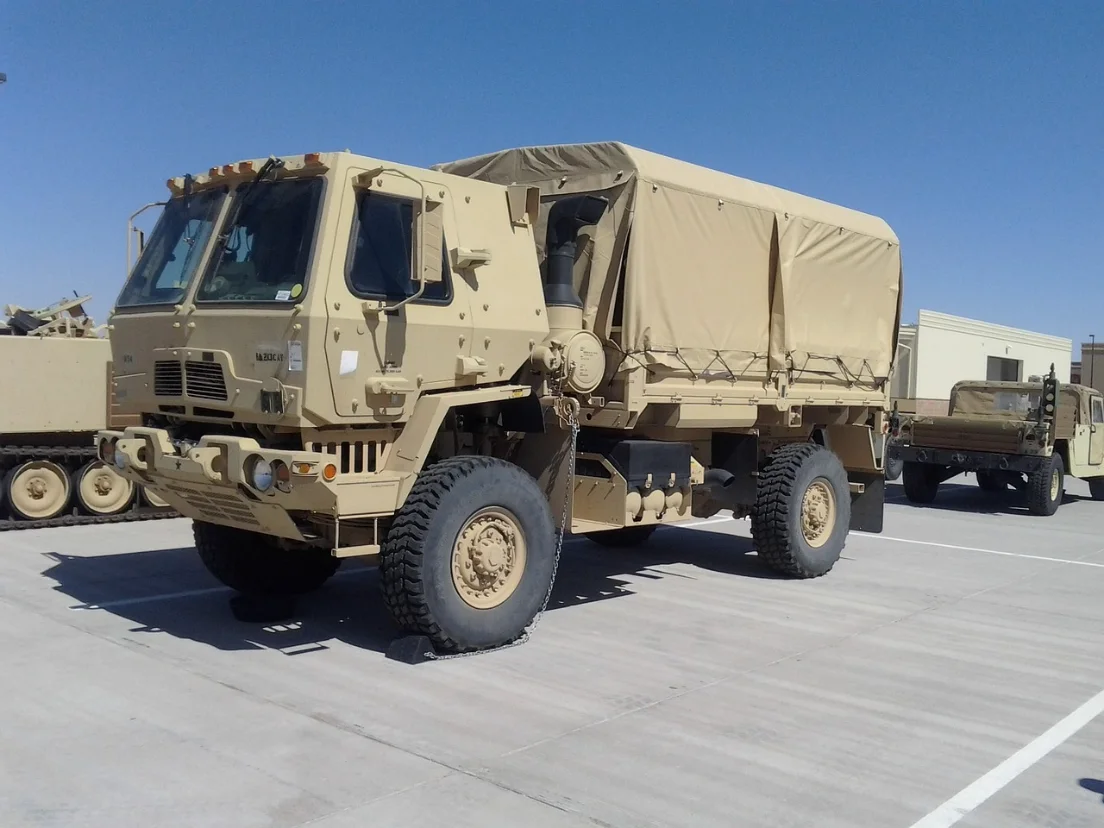On Saturday, the United Auto Workers (UAW) decided to extend their ongoing strike against General Motors (GM) by including their engine plant in Spring Hill, Tennessee. This move could slow down GM’s production of large pickup trucks and create financial difficulties for the company.
This expansion of the strike has made GM the only Detroit-based automaker without a finalized contract agreement. Stellantis, the owner of Chrysler, reached an agreement with UAW on Saturday, while Ford did the same on Wednesday.
In these recent agreements, workers secured a significant 25% increase in their wages over a 4.5-year contract period. These deals also allow the companies to resume production in their profitable truck assembly lines.
When it comes to GM’s negotiations with UAW, sources familiar with the discussions have mentioned that there are several sticking points. These include concerns about retirement benefits and issues related to temporary workers. GM faces unique challenges in this regard because it has more retirees than Ford or Stellantis, and providing increased pension benefits to workers hired before 2007 is more costly for GM than for its competitors.
“We’re really disappointed with GM’s decision to not reach a fair agreement,” said UAW President Shawn Fain in a statement to Reuters.
GM, on the other hand, expressed its desire to quickly reach an agreement and mentioned that the strike in Spring Hill could impact two of its major pickup truck production facilities.
Currently, there’s already a strike happening at GM’s Arlington, Texas assembly plant, responsible for manufacturing Chevy Tahoe, Suburban, and Cadillac Escalade. GM stated earlier this week that this strike was causing them significant financial losses, totaling $400 million each week.
The Spring Hill plant, which employs 4,000 workers, provides engines for nine assembly plants that produce many of GM’s best-selling and most profitable vehicles.
In a social media post, UAW lawyer Benjamin Dictor shared his thoughts, saying, “Think about it – everyone’s busy making trucks except for you. If everyone else can do it, what does that say about your situation?”
According to sources who are well-informed about the matter, there were no further discussions scheduled for Saturday, and it remained uncertain when GM and UAW would meet again for negotiations.
Agreement with Stellantis
The agreement with Stellantis follows a similar pattern as the deals made with UAW and Ford. When you consider factors like compounding and cost-of-living adjustments, these contracts will lead to a total increase in pay of over 33%. Initially, there will be an 11% raise.
Stellantis expressed its anticipation to have its 43,000 employees back to work and resume operations, which they shared on Saturday.
It’s important to note that the agreements with Ford and Stellantis will need to be approved by all the workers.
In a statement, U.S. President Joe Biden acknowledged that the Stellantis contract highlights the strength of unions and collective bargaining in creating well-paying jobs for the middle class.
As part of the deal, there’s an arrangement to reopen Stellantis’ assembly plant in Belvidere, Illinois. This facility will now focus on producing midsize trucks, as mentioned by Fain in a video on social media. These trucks could potentially compete with Ford’s Ranger and GM’s Chevrolet Colorado and GMC Canyon models.
The factory was closed before but has now become a symbol for the union’s bargaining efforts. Additionally, Stellantis has agreed to construct a battery plant right next to the Belvidere facility, according to the UAW.
The Governor of Illinois, Jay Pritzker, has praised this agreement, calling it a significant victory for the state. He also mentioned that the state is willing to provide incentives to help reduce the automaker’s expenses.
Furthermore, Stellantis has decided to keep open two facilities that were previously at risk of being shut down. These include an engine manufacturing complex in Trenton, Michigan, and a machining operation in Toledo, Ohio, as explained by Boyer.
In total, Stellantis has committed to investing $19 billion in new projects within the United States and creating 5,000 new jobs. This is a reversal of their earlier plan to cut 5,000 jobs, as highlighted by Fain and Boyer.
Additionally, the UAW has gained the right to strike when it comes to decisions regarding product investments, as noted by Fain.
Rising expenses
Fain accused the Detroit car manufacturers of benefiting their top executives and investors at the expense of their workers. He emphasized that the UAW’s success would have positive implications for blue-collar workers across the nation.
On the other side, the companies argued that the UAW’s demands would significantly increase their expenses and make them less competitive when compared to EV industry leader Tesla and non-unionized foreign brands like Toyota.
Ford anticipates that the new contract will result in an additional $850 to $900 in labor costs for each vehicle. It’s worth noting that Tesla already enjoyed a labor cost advantage of approximately $20 per hour, according to analysts.
During the UAW negotiations, there were other high-profile labor movements taking place, such as strikes by Hollywood writers and actors and labor actions by employees at delivery giant UPS. Given the current staff shortages in many businesses, the labor movement seemed to be gaining new energy after a period of decline.
The discussions about the contract have caught the interest of both President Biden and his Republican rivals. They view states like Michigan, which are known for their auto manufacturing, as crucial to their campaign strategies for the 2024 election.





